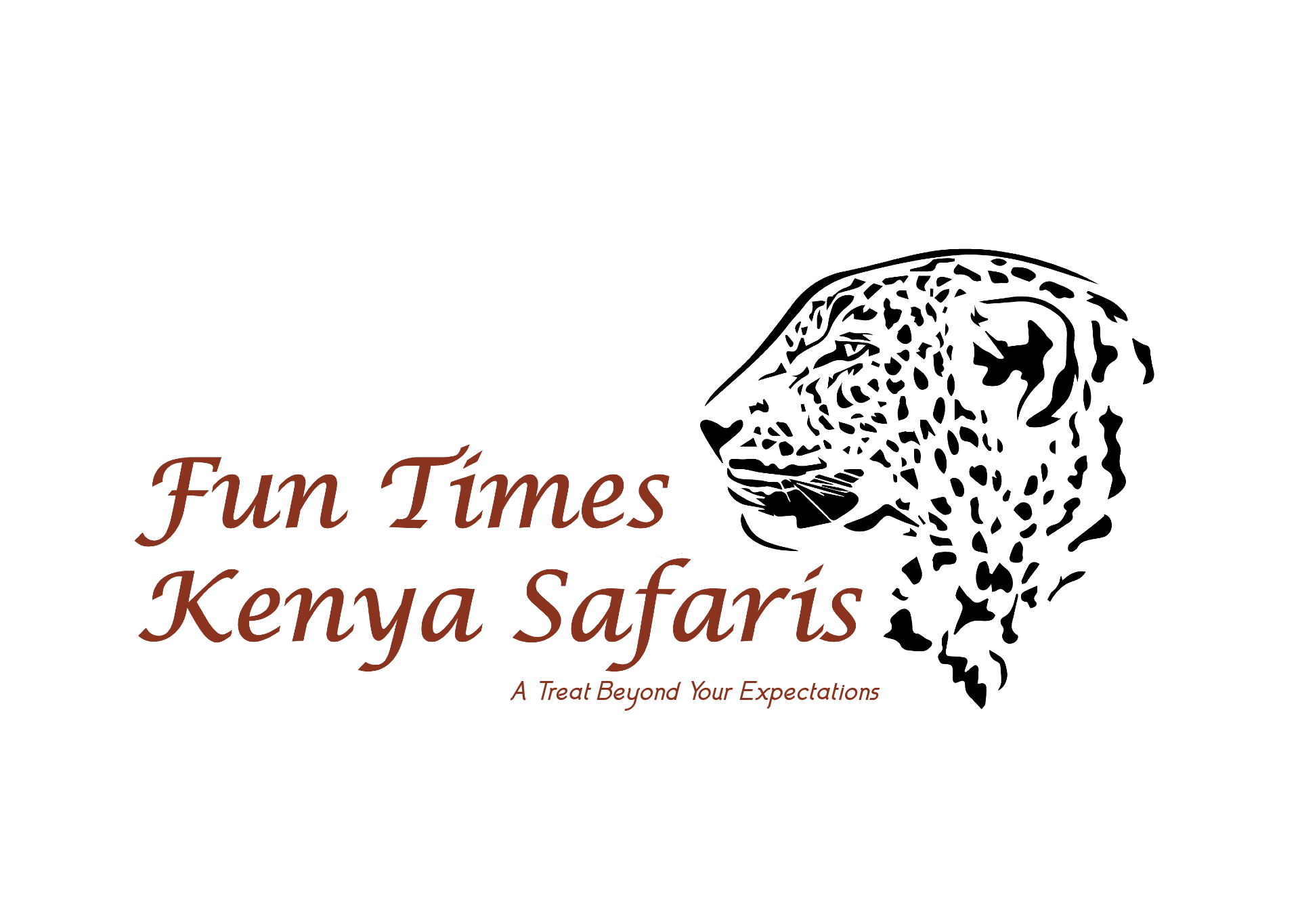Lake Naivasha National Park
Here the birdlife is full, varied and constant as is the parade of wildlife with over 100 species of hunters and grazers. As befitting
Here the birdlife is full, varied and constant as is the parade of wildlife
Here the birdlife is full, varied and constant as is the parade of wildlife with over 100 species of hunters and grazers. As befitting such a variety of landforms, you’ll find more types of safaris here than anywhere else on earth…each one allowing you to enjoy a different aspect of the wildlife! Take a water safari to get close to the birdlife, then hike, bike or even horseback ride past zebra, giraffe and antelope. The possibilities, like the wildlife, are endless.


The Lake Naivasha Area is a constant gift of surprise, color and nature’s bounty. You’ll find plenty for everyone here. The parks, preserves, lakes and attractions described below are all a short drive from each other.
LAKE NAIVASHA NATIONAL PARK HIGHLIGHTS
- What better way to view and get up close to the wildlife than to be astride an animal yourself! In the Naivasha area at Sanctuary Farm you can take the most unique type of safari – a guided day tour on horseback.
- From Sanctuary Farm you can walk across a nearby causeway to this privately-owned game sanctuary. Crescent Island is a small gem of a park and not overly visited as some others are. You can take an easy stroll and picnic alongside the rich birdlife and gently grazing wildlife. Or, enjoy a guided walking safari observing pelicans and cormorants along the shore.
- True to its name, Crater Lake is a small but stunning jade-colored volcanic lake. From this center the sanctuary extends with many hiking trails including one along the crater rim. There are easily over 20 scenic vistas along this impressive crater walk.
- Ever climb a volcano? Here you can and enjoy fabulous views along the way. Mount Longonot (2776 m /9107 ft.) is an extinct volcano that last erupted in the 1860’s. Mt. Longonot National Park was created to protect the volcano and its environs. The word ‘Longonot’ comes from the Maasai name Olo Nongot which means ‘Mountain of Many Summits

